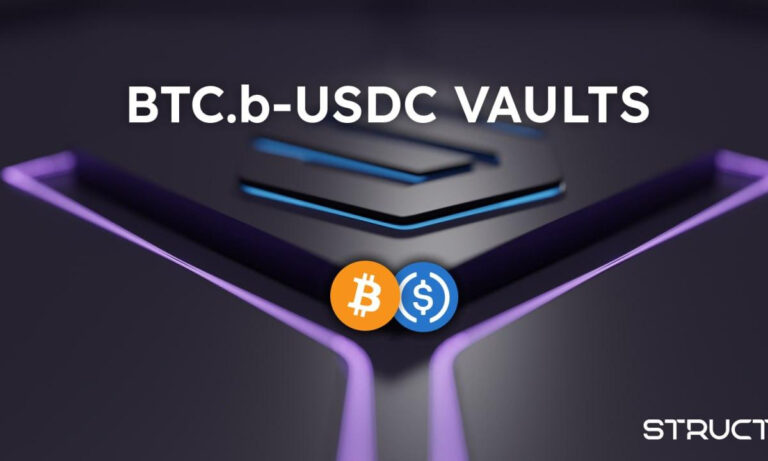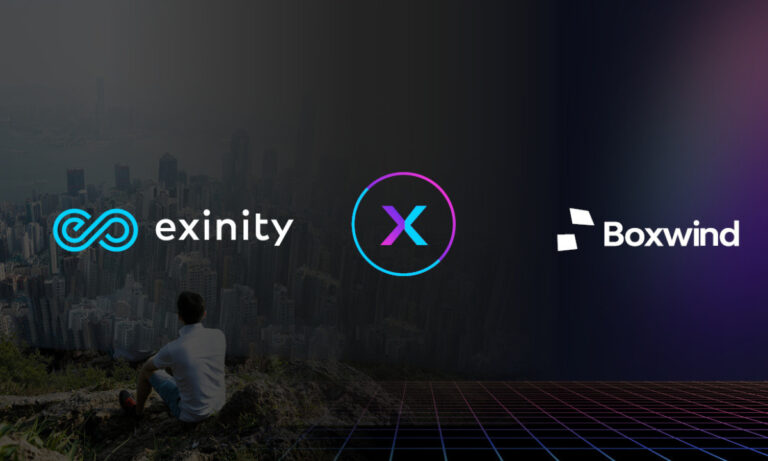Deciphering the SEC’s Crypto Stance: Charles Hoskinson Addresses ADA’s Security Concerns

- The SEC’s heightened scrutiny in the cryptocurrency space sparks concerns about regulatory actions against leading cryptocurrencies.
- Charles Hoskinson addresses concerns about ADA’s potential classification as a security, emphasizing accuracy in language.
As the U.S. Securities and Exchange Commission (SEC) intensifies its vigilance within the cryptocurrency domain, a climate of uncertainty has emerged, raising concerns about potential regulatory actions against prominent cryptocurrencies. Amid this backdrop, Charles Hoskinson, the visionary architect behind Cardano, has stepped forward to shed light on the lingering questions surrounding ADA, Cardano’s native token.
Engaging in a candid dialogue on Corey Costa’s Crypto Coins, Hoskinson confronts these concerns head-on, seeking to debunk rumors and speculations surrounding ADA’s potential classification as a security. He underscores the paramount importance of linguistic precision in our discussions, stating,
“IT’S CRUCIAL TO BE ACCURATE WITH OUR LANGUAGE. THERE’S NO PURSUIT OF CARDANO BY THE SEC MERELY BECAUSE IN SOME LITIGATION INVOLVING A CRYPTO EXCHANGE, A TOKEN IS LABELED AS A SECURITY.”
ADA Caught in Regulatory Crosshairs: Parsing the SEC’s Token Classifications
These assertions gain heightened significance in the wake of two pivotal legal cases where the SEC identified several tokens, ADA included, as securities. According to the SEC’s perspective, these tokens should have undergone prior registration before their listing on crypto exchanges. Notably, Brian Armstrong, CEO of Coinbase, disclosed that the SEC had pushed for the delisting of tokens, including ADA, excluding only Bitcoin, based on their perceived security classification.
This landscape resonates with the SEC’s protracted legal battle against Ripple Labs regarding the status of XRP. While Ripple steadfastly maintained that XRP isn’t a security, a recent judicial ruling differentiated between its institutional and retail sales, deeming institutional sales as securities while considering retail sales differently.
However, Hoskinson’s insights transcend ADA’s context. Delving deeper, he offers his perspective on the SEC’s broader strategies and underlying motivations. To Hoskinson, the Commission’s crackdown goes beyond securities laws and delves into the realm of political maneuvering.
At the core of this narrative stands Sam Bankman-Fried, former CEO of the now-defunct FTX crypto exchange, whom Hoskinson parallels to the infamous Bernie Madoff. Hoskinson articulates that a political faction in the U.S., fueled by substantial financial support from Bankman-Fried, is meticulously working to distance itself from any allegations of misconduct. This transformation has shifted their approach from a cooperative bipartisan stance in shaping crypto regulations to a more confrontational one, implicating various actors within the crypto ecosystem.










